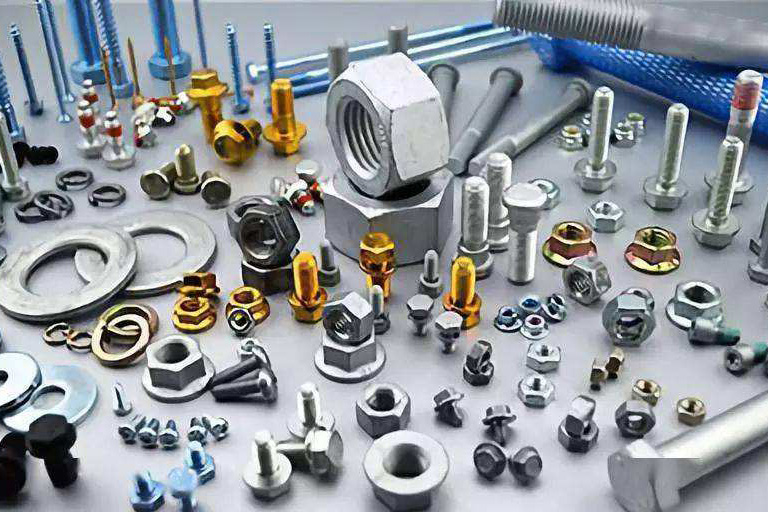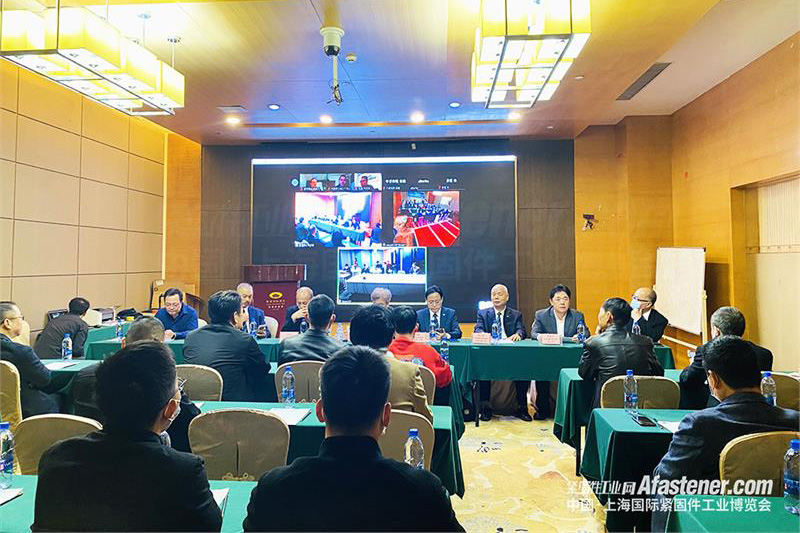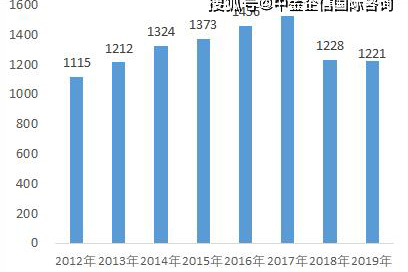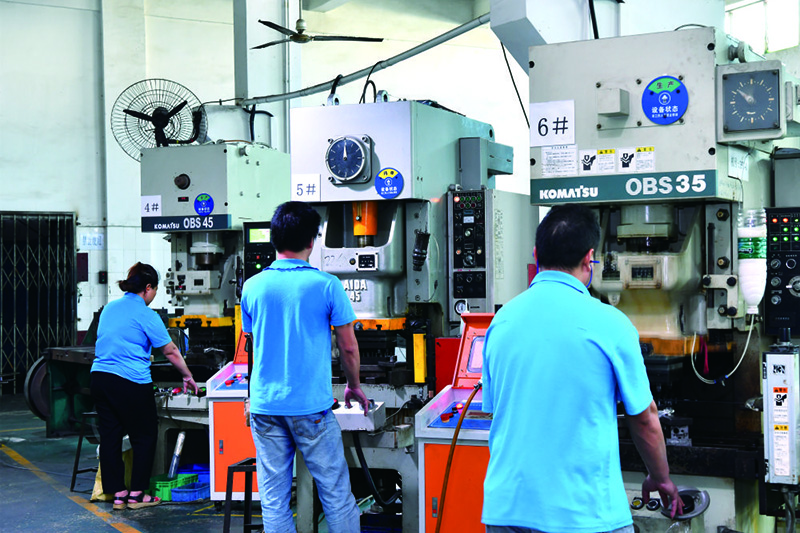NEWS
Difficulties and shortcomings of cold heading processing
Time:2022-01-10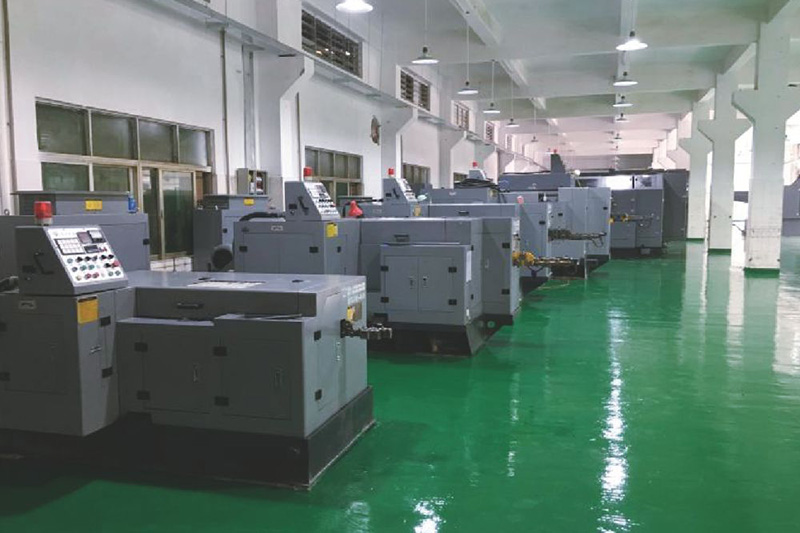
1. High requirements for cold heading molds. During cold heading, the blank is subjected to three-dimensional compressive stress in the mold, which significantly increases the deformation resistance, which makes the stress on the mold much larger than that of the general stamping die. When cold heading steel, the stress on the mold often reaches 2000MPa ~ 2500MPa. In addition to high strength, the mold also needs to have sufficient impact toughness and wear resistance. In addition, the strong plastic deformation of the metal blank in the mold will increase the mold temperature to about 250°C to 300°C. Therefore, the mold material needs a certain tempering stability. Due to the above conditions, the life of cold heading dies is much lower than that of stamping dies.
2. A press with a large tonnage is required. Due to the large deformation resistance of the blank during cold heading, a press of hundreds or even thousands of tons is required.
3. Due to the high mold cost of cold heading, it is generally only suitable for mass-produced parts. Its suitable minimum batch is 50,000 to 100,000 pieces. As a result, the needs of many small customers cannot be concealed.
4. The blank needs softening treatment and surface treatment of the material before cold heading. This not only increases the number of processes, takes up a larger production area, but also makes it difficult to automate production.
5. It is not suitable for processing high-strength materials.
6. The plasticity and impact toughness of cold heading parts are deteriorated, and the residual stress of the parts is large, which will cause the deformation of the parts and the reduction of corrosion resistance. (resulting in stress corrosion).
For example, to manufacture a low-carbon steel cup with a diameter of 38mm, a wall thickness of 5.6mm and a height of 100mm, the maximum deformation force is only 17T when the drawing method is used, while the deformation force is 132T when the cold heading method is used. At this time, the unit pressure acting on the cold heading punch is above 2300MPa.


